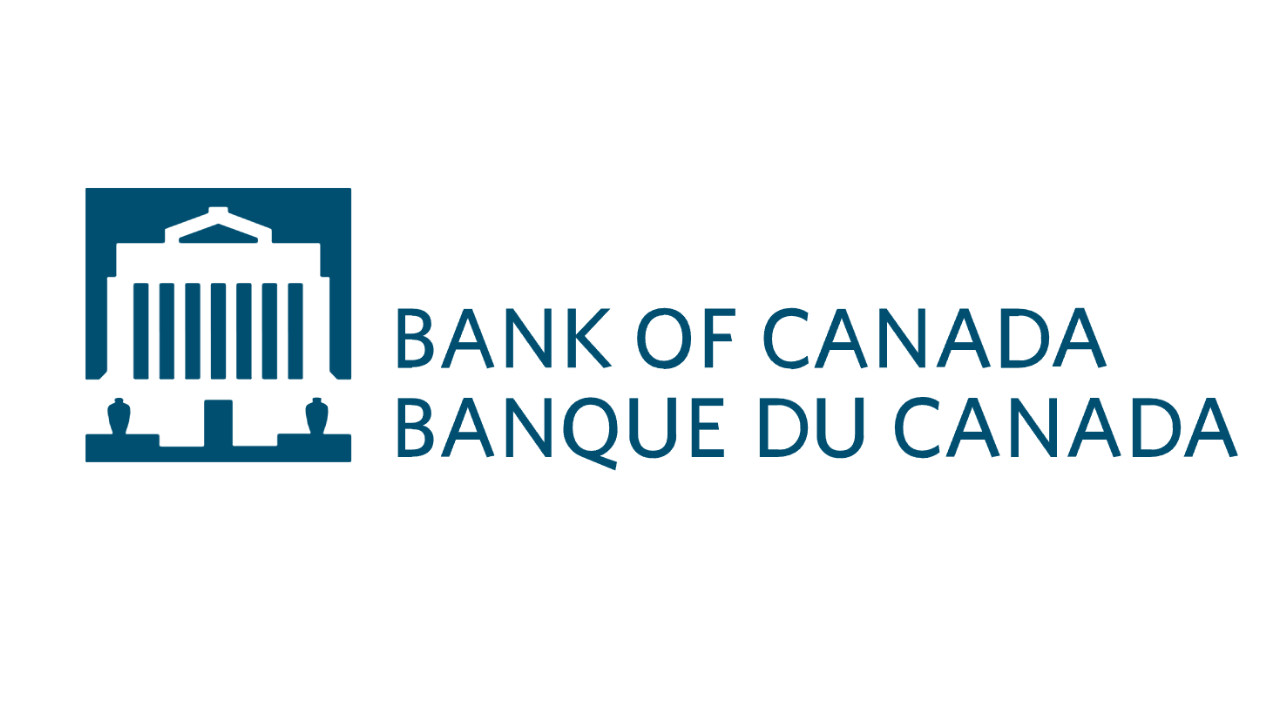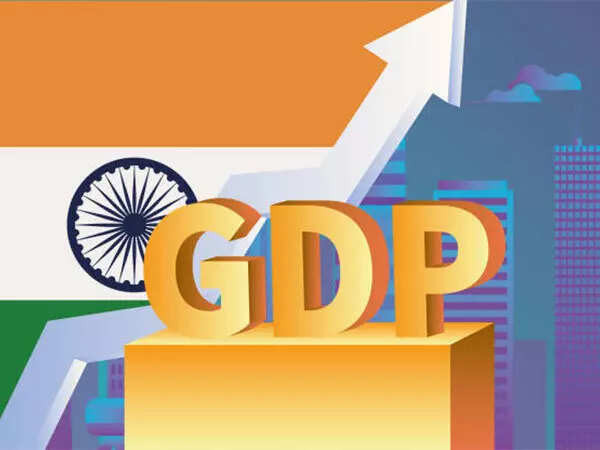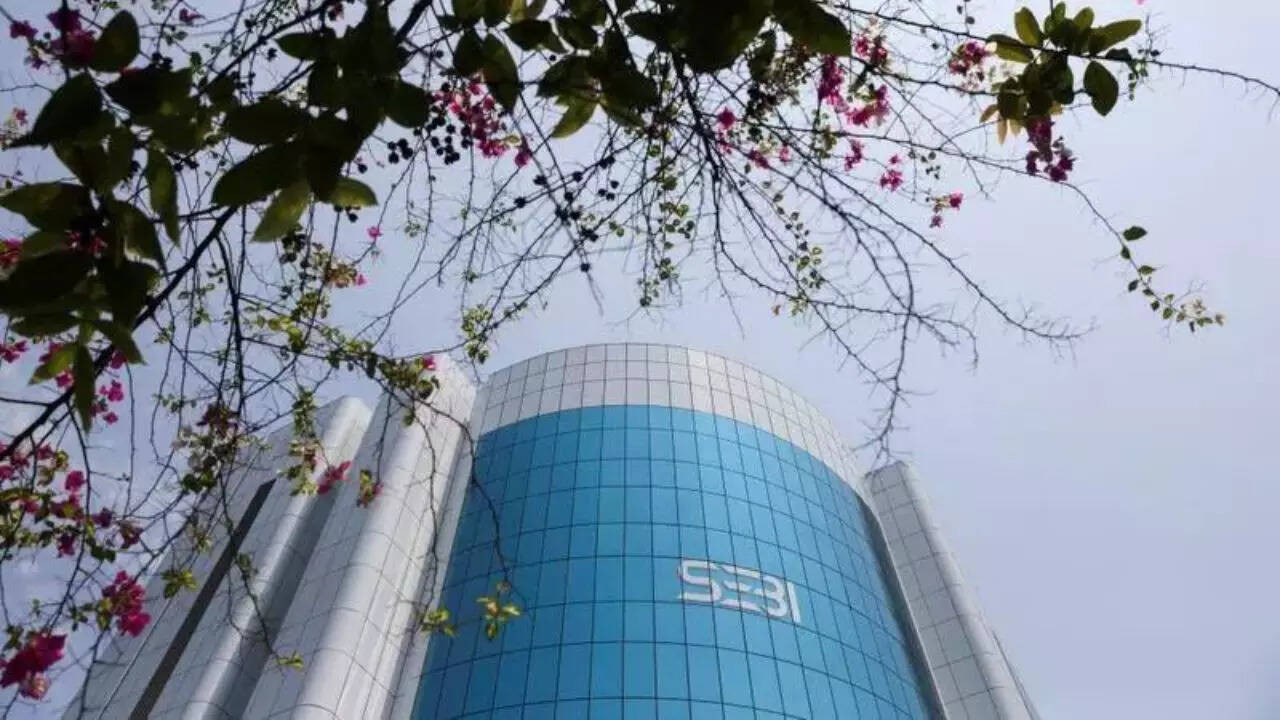Global markets surged, with the Euro gaining, following a trade agreement between the EU and the US, hailed by Presidents Trump and von der Leyen as a ‘good deal’. Hong Kong led the rally, while Tokyo saw a decline. The agreement involves a 15% baseline tariff on EU exports to the US.
A New Dawn for Trade? Stocks Surge on US-EU Deal Hopes
The markets are buzzing, aren’t they? A palpable sense of optimism has swept across trading floors, a feeling fueled by whispers – and now more substantial signals – of a potential breakthrough in trade relations between the United States and the European Union. After years of transatlantic tensions, it seems the winds are finally shifting, carrying with them the promise of smoother economic waters.
Asian stocks, in particular, have responded with enthusiasm. We’re seeing a surge in several key indices, reflecting the global impact of any US-EU agreement. The prospect of reduced tariffs and streamlined trade procedures acts like a shot of adrenaline to businesses, particularly those deeply intertwined with international supply chains.
But what’s really driving this wave of optimism?
Decoding the Drivers Behind the Rally
The core of the excitement lies in the possibility of a comprehensive trade deal that addresses long-standing disagreements. These disagreements haven’t just been abstract policy debates; they’ve had tangible consequences, impacting everything from the price of imported goods to the investment decisions of multinational corporations. Remember the steel and aluminum tariffs? They were a major source of friction, and addressing those alone would be a significant step forward.
Beyond tariffs, there’s the broader goal of regulatory alignment. Imagine a scenario where products certified as safe in the US are also automatically recognized in the EU, and vice-versa. The time and cost savings could be enormous, boosting efficiency and driving innovation. These harmonized standards, in addition to promoting trade, will level the playing field for all businesses and boost consumer confidence.
And it’s not just about goods. Digital trade is a rapidly growing area, and any deal would likely address issues like data flows and cross-border digital services. Modernizing the trade relationship to reflect the digital economy is crucial for long-term growth.
The Euro’s Leap: A Sign of Confidence
The euro has also perked up, jumping to levels not seen in quite some time. This isn’t just about currency speculation; it’s a reflection of increased confidence in the Eurozone economy. A strong euro signals that investors believe in the region’s prospects, and a US-EU trade deal would undoubtedly strengthen those prospects further. It’s a vote of confidence in the potential for increased trade, investment, and overall economic activity.

How the US-EU Trade Deal Impacts Asia
Why are Asian markets so sensitive to US-EU trade developments? The answer lies in global interdependence. Asian economies are deeply integrated into global supply chains, often serving as key suppliers of components and finished goods to both the US and Europe. Any disruption to trade between these two major economic blocs has ripple effects across Asia. Conversely, a smoother flow of trade translates to increased demand for Asian goods and services, boosting their own economic growth. Think of it as a giant, interconnected web – a tug on one strand vibrates throughout the entire network.
Also, a successful US-EU trade deal can act as a template for other trade agreements, potentially leading to a more open and predictable global trading system. This is good news for everyone, especially those who rely on exports for economic growth. Learn more about navigating the complexities of international trade and compliance.
Challenges Remain: A Word of Caution
Before we get carried away with visions of seamless trade and soaring profits, it’s important to acknowledge that significant hurdles still exist. Negotiating a comprehensive trade deal is a complex process, involving numerous stakeholders with competing interests. Disagreements can arise over issues such as agricultural subsidies, environmental regulations, and intellectual property rights.
Furthermore, political considerations can also play a role. Changes in government leadership or shifts in public opinion can derail negotiations, even at the last minute. Remember, trade policy is not just about economics; it’s also about politics.
The Road Ahead: A Measured Optimism
While challenges undoubtedly exist, the current momentum is encouraging. The willingness of both the US and the EU to engage in serious negotiations is a positive sign. If both sides can demonstrate flexibility and a willingness to compromise, a mutually beneficial agreement is certainly within reach.
The potential benefits are simply too great to ignore. A new era of transatlantic trade could unlock significant economic growth, create jobs, and foster greater cooperation on global challenges. It’s a prize worth striving for, and the markets are right to be optimistic – albeit with a healthy dose of caution. The world will be watching closely to see what comes next.







